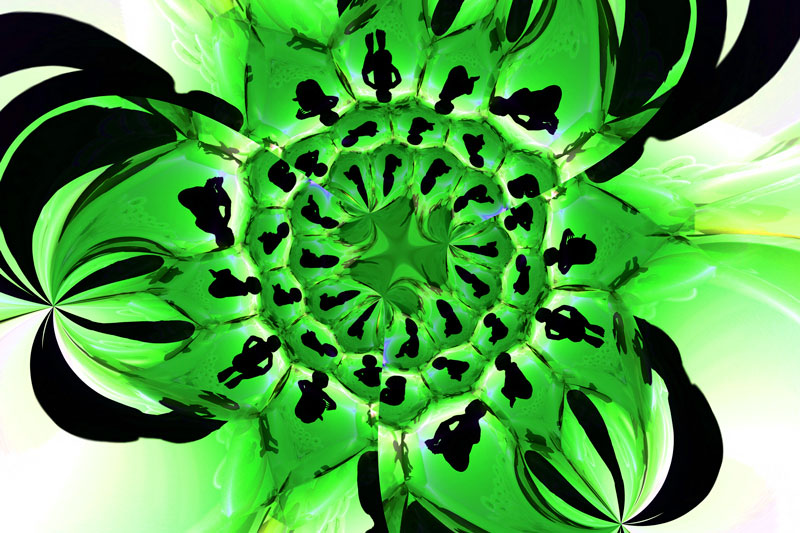IVF WITHOUT MEDICATION
The first successful IVF attempt in Manchester in 1978 was by the natural cycle method. Although over the years the use of ovarian stimulation medications has changed the ground a lot, in recent years the natural cycle method has become increasingly used as an alternative to medication use.
The natural cycle is the method in which we do not administer drugs to stimulate the ovaries and obtain many eggs, as in classical IVF. Instead, we watch for the follicle that the woman produces naturally on her own during her cycle.
Monitoring is done by vaginal ultrasound as well as hormone measurement in the blood. When the follicle is large enough, at approximately 16-17 mm, then a gonadotropin injection is done for its final maturation (Pregnyl, Ovitrelle) and, after 36-38 hours, the egg is taken. Once the egg is harvested and fertilised, the resulting embryo is placed in the uterus using the classic method of embryo transfer, 2-3 days after egg retrieval.
The advantage of the natural cycle is that we do not administer any medication to stimulate the ovaries. Although IVF medications have been used for 25 years and do not appear to be responsible for health effects, many women appear reluctant to take injectable hormones. By the natural cycle method, the stage of stimulation is bypassed, and the only drugs used are non-injectable post-egg retrieval drugs, which aim to improve the chances of embryo implantation in the uterus and achieve pregnancy.
In addition, the main complications of classical IVF are avoided: Ovarian Overstimulation Syndrome and Multiple Pregnancy.
This method is used in women who either cannot take medicines for various medical reasons or have poor response to them (Poorresponders). It can also be used in women who have had multiple failed attempts with poor quality embryos.
The disadvantage of the natural cycle is that the success rates of the method are significantly lower than that of classical IVF using drugs. The chance of finding a good egg during egg retrieval, fertilizing and developing a good quality embryo in the laboratory is about 50-60%. Once a good quality embryo is transferred, the chance of pregnancy can be as high as 35%, depending on the age of the woman.
In summary, the natural cycle method can be used with quite good success rates either in women who do not wish to take ovarian stimulation drugs or in women whose response to medication is poor.






